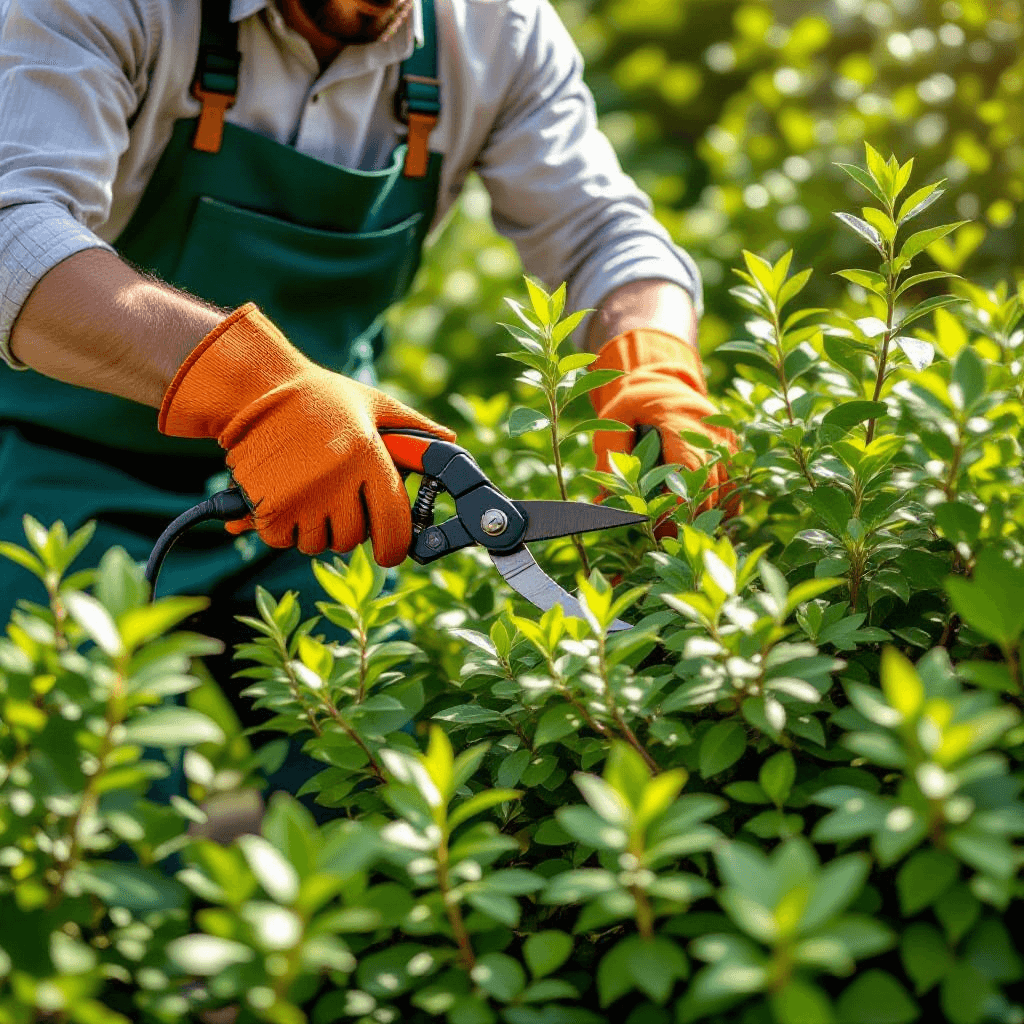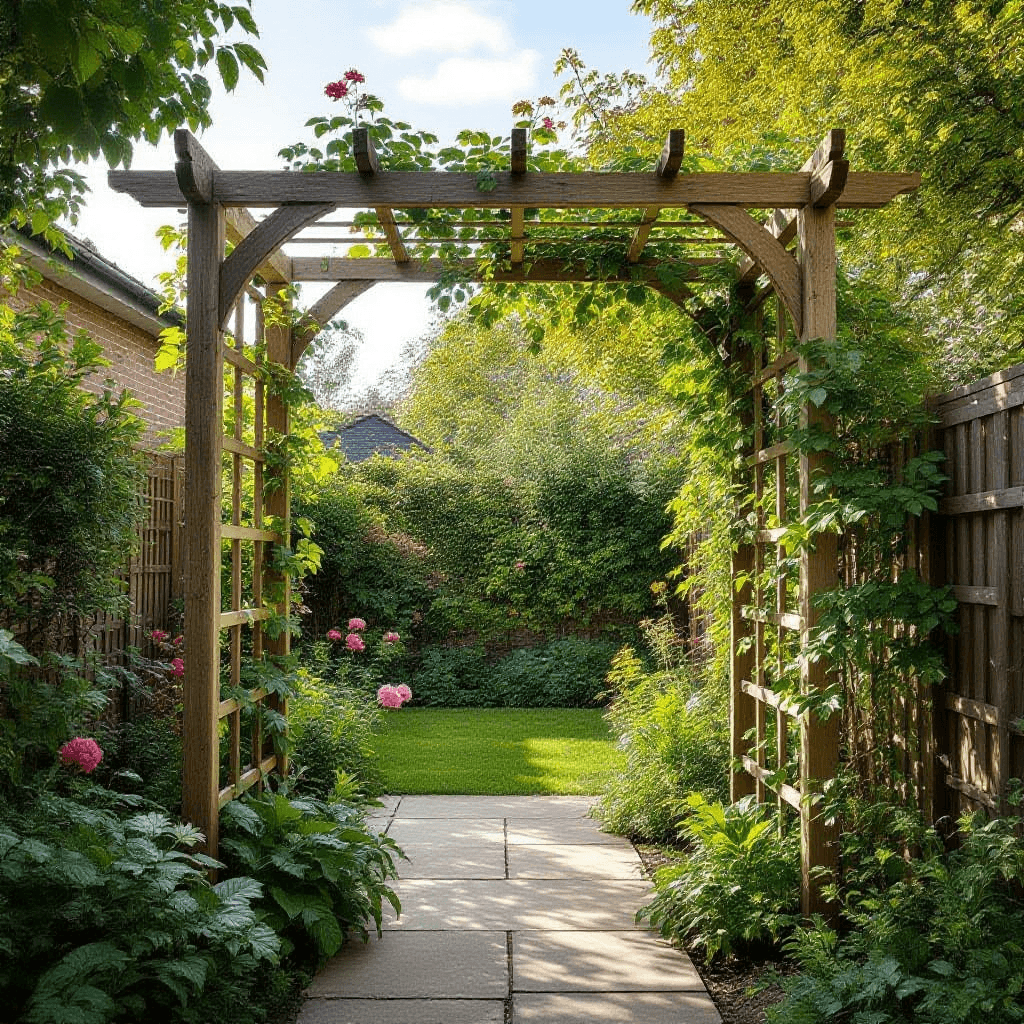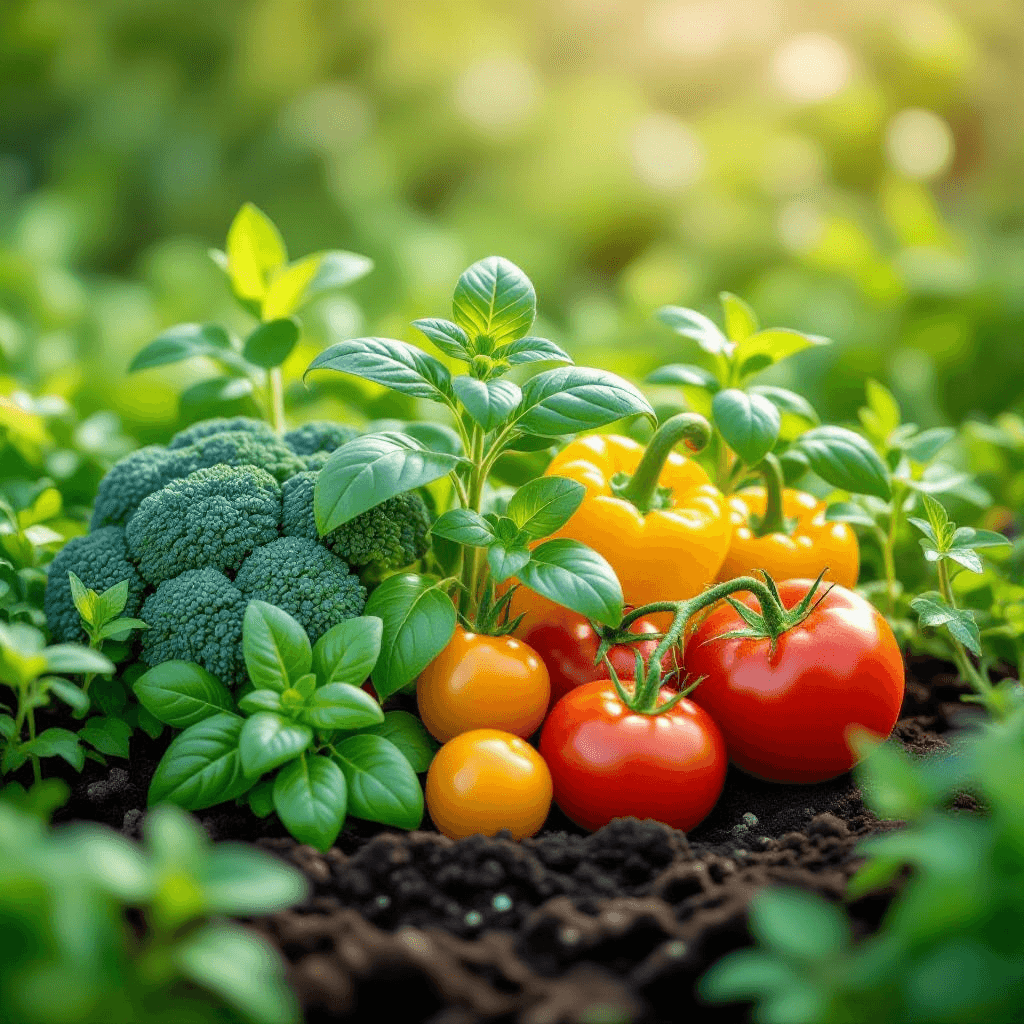Understanding the Importance of Pruning
Pruning plays a vital role in maintaining the overall health and aesthetic appeal of trees, shrubs, and flowers. This essential gardening practice involves the selective removal of specific plant parts, most often dead or overgrown stems, to encourage healthy growth. One of the primary benefits of pruning is the promotion of vigorous growth; when excess or unhealthy branches are removed, resources such as nutrients and water can be efficiently directed toward the remaining healthy portions of the plant.
Moreover, proper pruning techniques significantly enhance air circulation within the plant’s structure. Improved airflow is crucial in preventing fungal diseases, which thrive in humid and cramped environments. When plants are adequately pruned, they can dry more quickly after rainfall, further reducing the risk of disease. Additionally, trimming back overgrown areas allows sunlight to penetrate deeper into the plant, ensuring all parts receive the necessary light for optimal photosynthesis.
Another essential aspect of pruning involves shaping plants to achieve visual appeal. By strategically cutting away certain parts, gardeners can create well-defined shapes and sizes that enhance the overall appearance of their garden. This aesthetic management goes hand in hand with health benefits, as well-shaped plants tend to be more resilient against external stressors such as pests and environmental changes.
In conclusion, the art of pruning not only maintains the beauty of trees, shrubs, and flowers but also underscores the importance of promoting strong, healthy growth. Implementing proper pruning techniques equips plants to thrive in their surroundings, thus contributing to a vibrant and healthy garden. Understanding the significance of this practice can transform any landscape, ensuring that plants remain resilient and visually appealing throughout their growth cycles.
Essential Pruning Tools and Their Uses
Effective pruning requires the right tools to ensure clean cuts and minimize damage to plants. The most common pruning implements include pruning shears, loppers, saws, and utility knives, each designed for specific tasks based on the size and type of the plants in question.
Pruning shears, also known as hand pruners, are essential for making precise cuts on small branches, stems, and flowers. They are ideal for plants with thin, delicate growth. When choosing pruning shears, opt for ones with a sharp blade and a comfortable grip to reduce hand fatigue during extended use. Many models also come with features such as rotating handles, allowing for a more ergonomic hand position.
Loppers, on the other hand, are designed for cutting larger branches that are too thick for pruning shears. With long handles that offer better leverage, loppers can easily slice through branches up to two inches in diameter. When selecting loppers, consider both the tool’s weight and the length of the handles, as longer handles provide greater cutting power but may be cumbersome for smaller hands.
For more substantial limbs, a pruning saw is necessary. These saws come in various sizes and styles, including folding and pole-saw designs. When using a pruning saw, it is critical to make sure that the blade is sharp and clean, as dull blades can tear rather than cut, potentially harming the plant.
Utility knives are versatile tools that can aid in various pruning tasks, such as cutting back foliage and removing dead material. Maintaining all these tools is crucial; regularly sharpening blades and cleaning them after use will significantly enhance their efficiency and longevity. By equipping yourself with the appropriate pruning tools and caring for them properly, you can ensure effective management of your trees, shrubs, and flowers.
Pruning Techniques for Different Types of Plants
Pruning is an essential horticultural practice that varies significantly across the types of plants being pruned. For trees, the best time to prune is during late winter or early spring, before the sap starts to flow. Techniques such as thinning are recommended to improve light penetration and air circulation. When pruning trees, look for branches that cross over one another or appear to be dead, and focus on removing these to help maintain the tree’s structure and health.
For shrubs, the timing of pruning largely depends on whether the shrub blooms on old wood or new wood. Deciduous shrubs should typically be pruned after they bloom, while those that flower on new growth can be pruned in late winter. Heading back is a prevalent technique for shrubs; it involves cutting back the stems to promote bushier growth. Additionally, renewal pruning may be utilized, which entails removing older stems at the base to encourage new growth from the roots.
Flowering plants present their own set of pruning challenges. Perennials should be pruned after the blooms have faded to prevent triggering unwanted seed production. It is important to cut back the spent flower stalks to near ground level, which encourages vigorous new growth. Techniques like deadheading—removing deceased flowers—can enhance overall blooming and extend the flowering season. When dealing with annuals, it’s often effective to pinch back young plants to promote a fuller, more compact shape.
Regardless of the type of plant, it is crucial to use clean, sharp tools to ensure clean cuts that promote faster healing. Observing the plant’s natural growth pattern will help identify which branches should be pruned and when to carry out these practices, ultimately enhancing plant health and aesthetics.
Common Pruning Mistakes and How to Avoid Them
Pruning is an essential aspect of horticulture, but it is not without its pitfalls. Both novice and experienced gardeners can fall prey to common pruning mistakes that can negatively impact plant health. One of the most prevalent errors is over-pruning, which occurs when excessive amounts of foliage or branches are removed. This practice can lead to stress and may even cause a plant to become unbalanced, making it vulnerable to disease and pests. To avoid this issue, gardeners should remember the principle of “less is more.” Focusing on removing dead or damaged wood, as well as thinning crowded areas, is often sufficient to promote healthy growth.
Another frequent mistake is pruning at the wrong time of year. Different plants have specific growth cycles, and pruning them out of season can disrupt their natural rhythms. For instance, many flowering shrubs bloom on old wood and should be pruned right after flowering to avoid cutting off next season’s buds. In contrast, some plants benefit from pruning during their dormant season. Researching the optimal timing for each variety is crucial to effective pruning and overall plant health.
Improper technique is also a significant concern. Gardeners often make the mistake of using dull tools, which leads to jagged cuts that can invite disease. It is vital to maintain sharp and clean pruning shears and loppers for precise cuts. Furthermore, incorrect cutting angles can result in unsightly scars and hinder a plant’s recovery. Always angle your cuts just above a node and avoid cutting too close to the stem. Observing the plants closely will allow gardeners to recognize signs of stress, such as wilting or discoloration, post-pruning. Recognizing these symptoms early can help in taking corrective actions, ensuring healthy, flourishing gardens.


